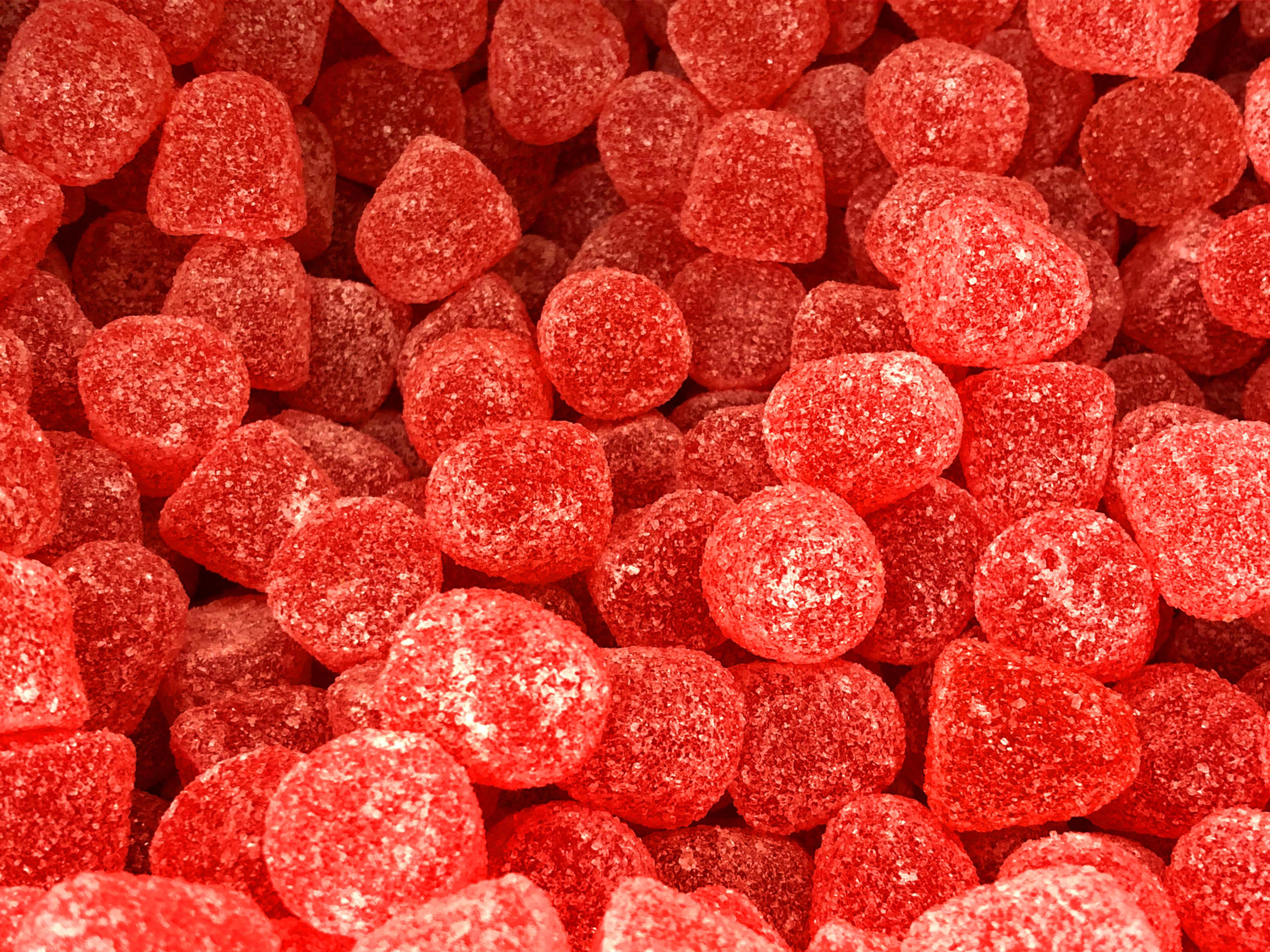FDA Bans Red Dye No. 3 From Food: Here’s What to Know

Shanthi Appelö
| 3 min read
Shanthi Appelö is a registered dietitian and health ...

The U.S. Food and Drug Administration has banned Red Dye. No 3 from food, drink and medications, the agency announced Jan. 15.
The ban was based on the Delaney Clause, which allows the FDA to revoke authorization of a food or color additive if it causes cancer in humans or animals. Red Dye No. 3 increased the risk of cancer in lab rats, but there is no evidence the dye increases cancer risk in humans.
The synthetic dye, called erythrosine, is made from petroleum and gives food such as candy, maraschino cherries, cakes, cookies, frosting and medication their bright, cherry-red color. The dye is in more than 3,000 foods and drinks, according to the Environmental Working Group.
Food and drink manufacturers have until Jan. 15, 2027, and drug manufacturers have until Jan. 18, 2028, to reformulate their products to remove the dye.
What do I need to know about the ban?
Male rats given high doses of the dye developed thyroid cancer because of a specific hormonal mechanism in the rodents, according to the FDA. However, the same is not true of humans. Humans typically ingest much lower levels of the dye than lab rats.
Additionally, the dye is not as widely used in food compared to other dyes, according to the FDA.
The Center for Science in the Public Interest, Center for Environmental Health, Center for Food Safety and Consumer Reports, among other groups, requested the ban in 2022.Europe, Australia and New Zealand have previously banned the dye from most foods.
This isn’t the first time the FDA has taken action on Red Dye No. 3; the dye was banned from cosmetics in the U.S. in 1990.
There are eight remaining synthetic dyes approved by the FDA for food, drinks and medications, including Blue No. 1, Blue No. 2, Green No. 3, Orange B, Red 40, Yellow 5, Yellow 6 and Citrus Red.
Manufacturers may use Red Dye 40, foods such as beets, purple sweet potato, radishes and red cabbage, and carmine, which is a dye made from insects, in place of Red Dye No. 3.
How to find red dye in foods and medications
While there is no evidence Red Dye No. 3 causes cancer in humans, research has found it may worsen behavioral problems in children. Other synthetic dyes may contain carcinogens, according to research.
If you are concerned about any health effects of the red dye, look at nutrition labels on red, packaged foods to see whether the item contains Red Dye No. 3, FD&C Red #3, Red 3 or erythrosine. You can also use the Environmental Working Group’s search tool to find foods containing the dye or any other synthetic food dye.
Red 40 appears in common candies and medications such as cough syrup, but it is not the same dye.
In medications, you can look for synthetic dyes in the “inactive ingredients” section of the label. Talk to your physician if you have concerns or want to change medications.
Image: Getty Images
Related:





